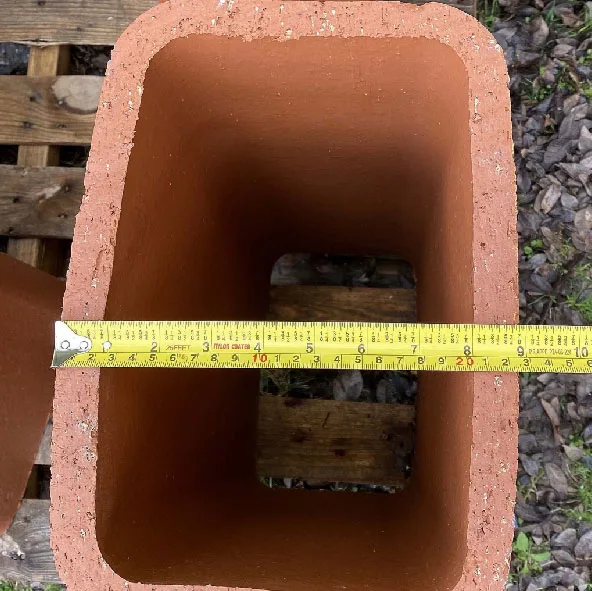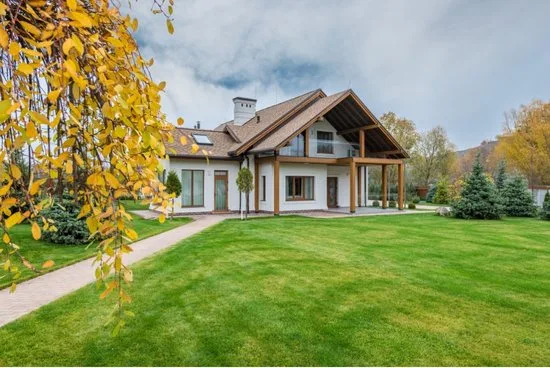A shared chimney flue, also known as shared chimneys, is found in many multi-unit buildings and older homes. While they are designed to vent smoke and combustion gases efficiently, they can be very risky if not maintained properly. Knowing the types of shared chimney flues and their risks can help homeowners and property managers take the necessary precautions to be safe and efficient.
what are Shared Chimney Flues?
A shared chimney flue means a single chimney stack, often part of shared chimney stacks, that serves multiple heating appliances or fireplaces. These are common in apartment buildings, townhouses, and duplexes where multiple units use the same chimney for venting. While shared flues are convenient and space-saving, they must be designed and maintained properly to avoid problems.
Examples of Shared Chimney Flues
Multi-flue chimneys in apartment buildings have multiple individual flues within one chimney stack, each serving a different unit. This design is efficient but requires separation between flues to prevent exhaust gas contamination. Proper venting is crucial to prevent smoke backdraft into the fireplace opening, which can cause chimney fires. Over time, flue liners and masonry can deteriorate and compromise the entire system.
Townhouses and duplexes often have shared chimney systems that serve multiple fireplaces or heating appliances. If not maintained properly, a blockage or damage in one part of the shared chimney stack can affect all connected units, resulting in poor ventilation, back drafting or even carbon monoxide buildup. Multi-fuel stoves in shared chimney systems require specific building codes to prevent chimney fires caused by creosote deposits.
Some older homes have a single flue system connected to multiple fireplaces on different floors. Without proper drafting and separation, smoke and gases from one fireplace can enter another living space, creating health hazards and unpleasant conditions. Venting multiple heating appliances, like an upstairs fireplace and a downstairs furnace, through the same flue can result in inadequate draft and chimney fires. In this case, installing separate chimney liners or upgrading to individual flues can be safer. A big risk happens when a wood-burning stove or fireplace shares the same flue with a gas furnace or water heater. The byproducts of wood burning can create blockages that can interfere with the safe venting of carbon monoxide from gas appliances and pose serious health risks and potential fire code violations.
Risks of Shared Chimney Flues
Carbon monoxide poisoning is the biggest danger of a shared chimney flue. If a flue liner is damaged or installed improperly, CO from one unit’s combustion appliance can seep into another unit and be a silent and deadly hazard.
Poor draft and back drafting can occur when multiple appliances share a flue, and air pressure differences can occur. This can result in exhaust gases re-entering a home instead of venting outside and causing smoke exposure, indoor air pollution and potential code violations in many areas.
Creosote and soot buildup are other big concerns, especially in homes with wood-burning fireplaces or stoves that share the flue. Creosote is a highly flammable residue that can accumulate in chimneys and increase the risk of chimney fires if not cleaned regularly. Operating a wood stove in a shared flue system requires close monitoring to reduce creosote buildup and prevent chimney fires.
Over time, shared flues can develop cracks, missing mortar or damaged liners due to constant exposure to heat and moisture. These structural issues can lead to leaks, reduced efficiency and increased fire risks. If a shared chimney flue is compromised, a professional chimney sweep should inspect and address the problem before further damage occurs.
Cross contamination of gases is common when a shared chimney flue doesn’t have proper separation. Hazardous gases from one heating appliance can mix with another unit’s exhaust and create unhealthy indoor air conditions, especially when multiple heating appliances are connected to one chimney.
Preventing Issues with Shared Chimney Flues
Regular chimney inspections are key to identifying problems before they become hazards. A certified chimney sweep can check for cracks, blockages, proper liner function and code compliance.
Regular inspections of shared chimney stacks can identify structural issues that can compromise the entire system.
Installing high-quality chimney liners can improve draft efficiency and prevent cross-contamination between flues. Stainless steel liners are best for shared flue systems. Proper ventilation and draft control ensure each appliance connected to a shared flue has enough venting. Adjusting venting configurations, installing additional chimney pots or upgrading exhaust systems can maintain good air circulation and prevent back drafting.
Regular chimney cleaning is necessary to remove creosote, soot and debris that can block airflow. Homeowners should schedule professional cleanings, especially in multi-unit buildings where multiple combustion appliances use the same chimney flue.
In some cases, upgrading to separate venting systems is the safest solution. Installing separate venting for each heating appliance eliminates many risks associated with shared chimney flues and greatly improves safety.
Summary
A shared chimney flue can be a convenient solution for multiple fireplaces and heating appliances but also presents problems if not managed properly. Knowing the risks and taking the right maintenance and safety measures can prevent carbon monoxide poisoning, chimney fires and structural damage. If you suspect issues with your shared chimney stack, contact GMT Home Services to ensure your home is safe and efficient. Regular inspections, cleaning and potential system upgrades can go a long way to protect your home and its occupants.

